Introduction
The world of paleontology has always fascinated scientists and enthusiasts alike. It’s a discipline that continually unravels the mysteries of our planet’s past by unearthing the remains of creatures that roamed the Earth long before humans. In recent years, paleontologists have made astonishing discoveries that shed new light on prehistoric creatures, reshaping our understanding of ancient life forms. These remarkable findings have the power to captivate our imaginations and expand our knowledge about the rich tapestry of life on Earth. In this article, we will delve into some of the most exciting and groundbreaking discoveries made in the realm of prehistoric creatures.
1. Spinosaurus: The Aquatic Dinosaur
For decades, the image of dinosaurs was primarily associated with land-dwelling giants. However, recent discoveries have challenged this notion, particularly with the revelation of the Spinosaurus. This massive dinosaur, believed to have lived approximately 112 million years ago during the Cretaceous period, has been described as the first truly aquatic dinosaur. Its unique adaptations, including paddle-like limbs and a long crocodile-like snout, suggest a lifestyle centered around water. This discovery has not only expanded our understanding of dinosaur diversity but also raised questions about how these creatures lived and interacted with their environment.
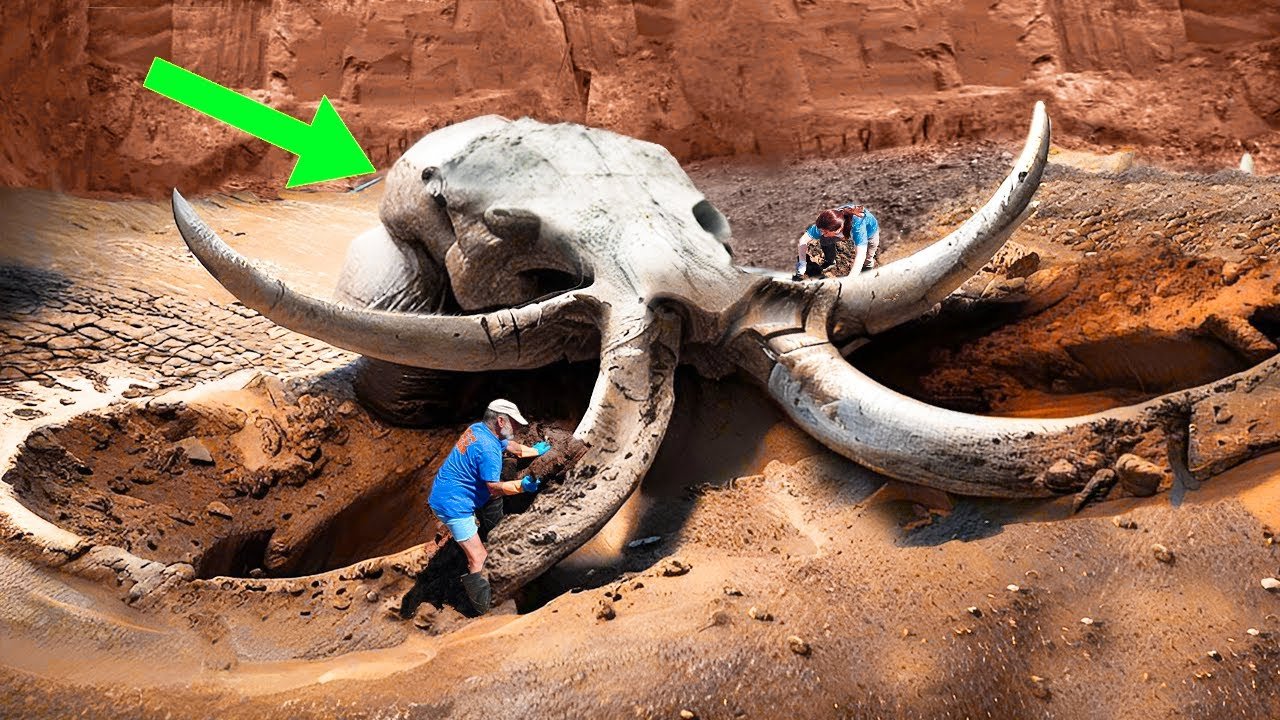
2. Feathered Dinosaurs: The Missing Link
The discovery of feathered dinosaurs has fundamentally changed our perception of these ancient reptiles. It has long been known that birds are the descendants of theropod dinosaurs, but it wasn’t until the late 20th century that the first evidence of feathers on non-avian dinosaurs was uncovered. Since then, a plethora of feathered dinosaur fossils have been found in China, particularly in the Liaoning Province. These fossils provide a crucial link between modern birds and their prehistoric ancestors, offering insights into the evolution of flight and the origin of feathers.
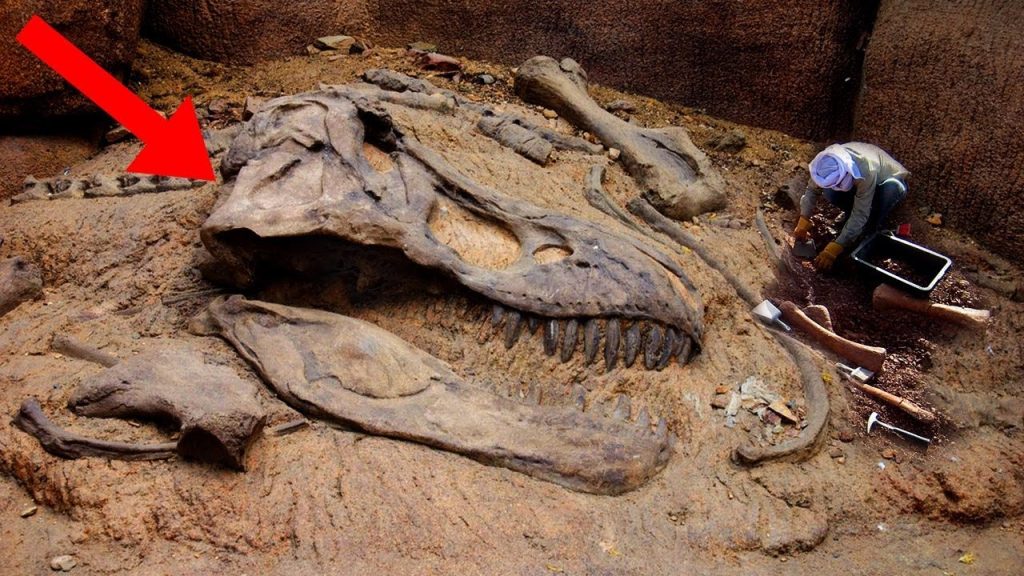
3. Titanosaur: The Giant of the Cretaceous
The Titanosaur is another awe-inspiring discovery that has captured the imagination of paleontologists and the public alike. This colossal dinosaur, which lived around 98 million years ago, belongs to the sauropod group and is believed to be one of the largest land animals to ever walk the Earth. Fossils of Titanosaurs have been found on multiple continents, including South America, Africa, and Australia. The discovery of these massive creatures challenges our understanding of how such gigantic animals could have existed in the ancient ecosystems, and it raises questions about their physiology and behavior.
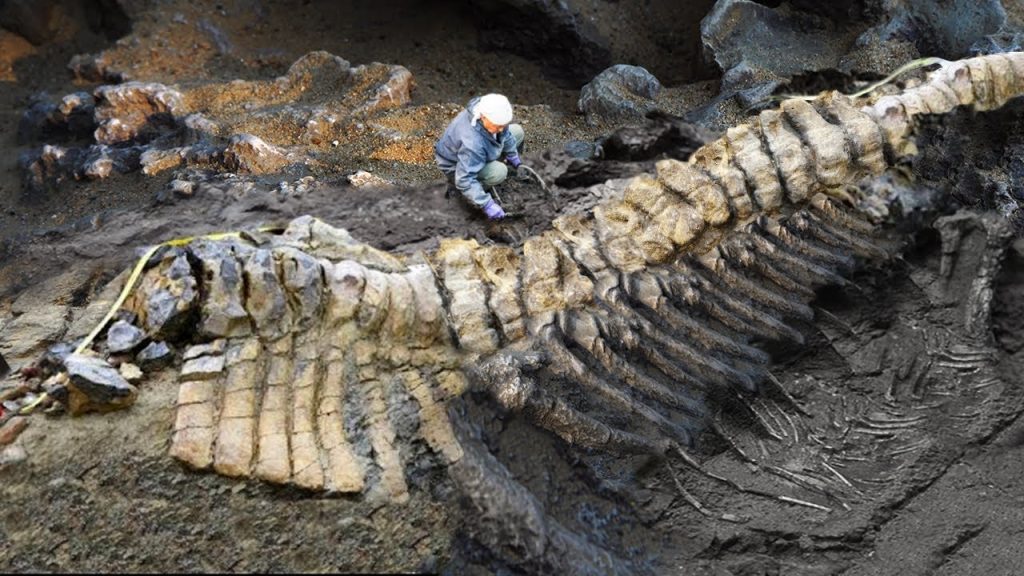
4. Ancient DNA: A Glimpse into the Past
Recent advances in technology have allowed scientists to extract and analyze ancient DNA from fossilized remains. This breakthrough has provided us with unprecedented insights into the genetic makeup of prehistoric creatures. One of the most significant findings is the ability to trace the evolutionary relationships between extinct species and their modern descendants. Additionally, the study of ancient DNA has revealed surprises, such as the genetic diversity of mammoths and the potential for de-extincting certain species through genetic engineering.
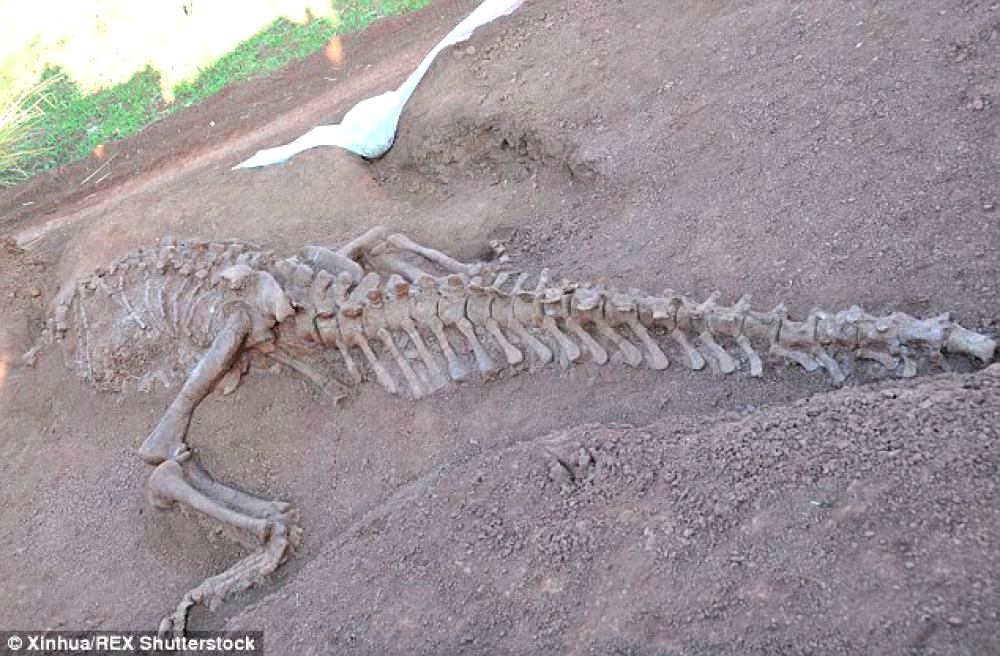
5. The Burgess Shale: A Window to the Cambrian Explosion
The Burgess Shale, located in Canada’s Yoho National Park, is a treasure trove of prehistoric fossils that has provided a unique glimpse into the Cambrian Explosion—a period of rapid evolution that occurred approximately 540 million years ago. Recent discoveries in the Burgess Shale have unveiled bizarre and enigmatic creatures that challenge our understanding of early life forms. These fossils include the Hallucigenia, a spiky worm-like creature with legs resembling something from science fiction, and the Anomalocaris, a predator with a circular mouth full of razor-sharp teeth.
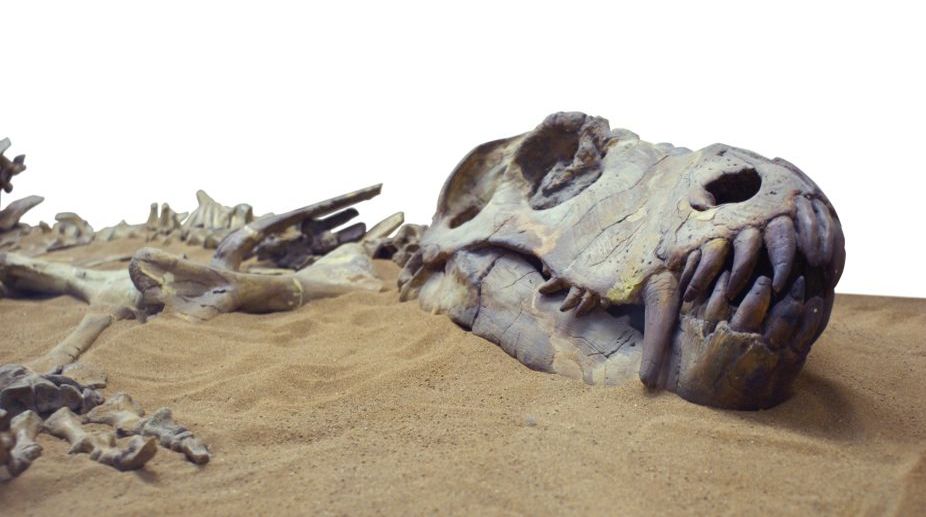
Conclusion
The field of paleontology continues to astonish us with its ongoing discoveries about prehistoric creatures. From aquatic dinosaurs like the Spinosaurus to feathered theropods that bridge the gap to modern birds, these findings enrich our understanding of Earth’s ancient inhabitants. The colossal Titanosaur and the genetic revelations made possible by ancient DNA offer insights into the diversity and adaptations of prehistoric life. Meanwhile, the Burgess Shale provides a window into the distant past, offering us a glimpse of the bewildering diversity of life during the Cambrian Explosion. These recent discoveries remind us that our planet’s history is filled with wonders waiting to be unveiled, and they inspire us to continue exploring the mysteries of the past.
